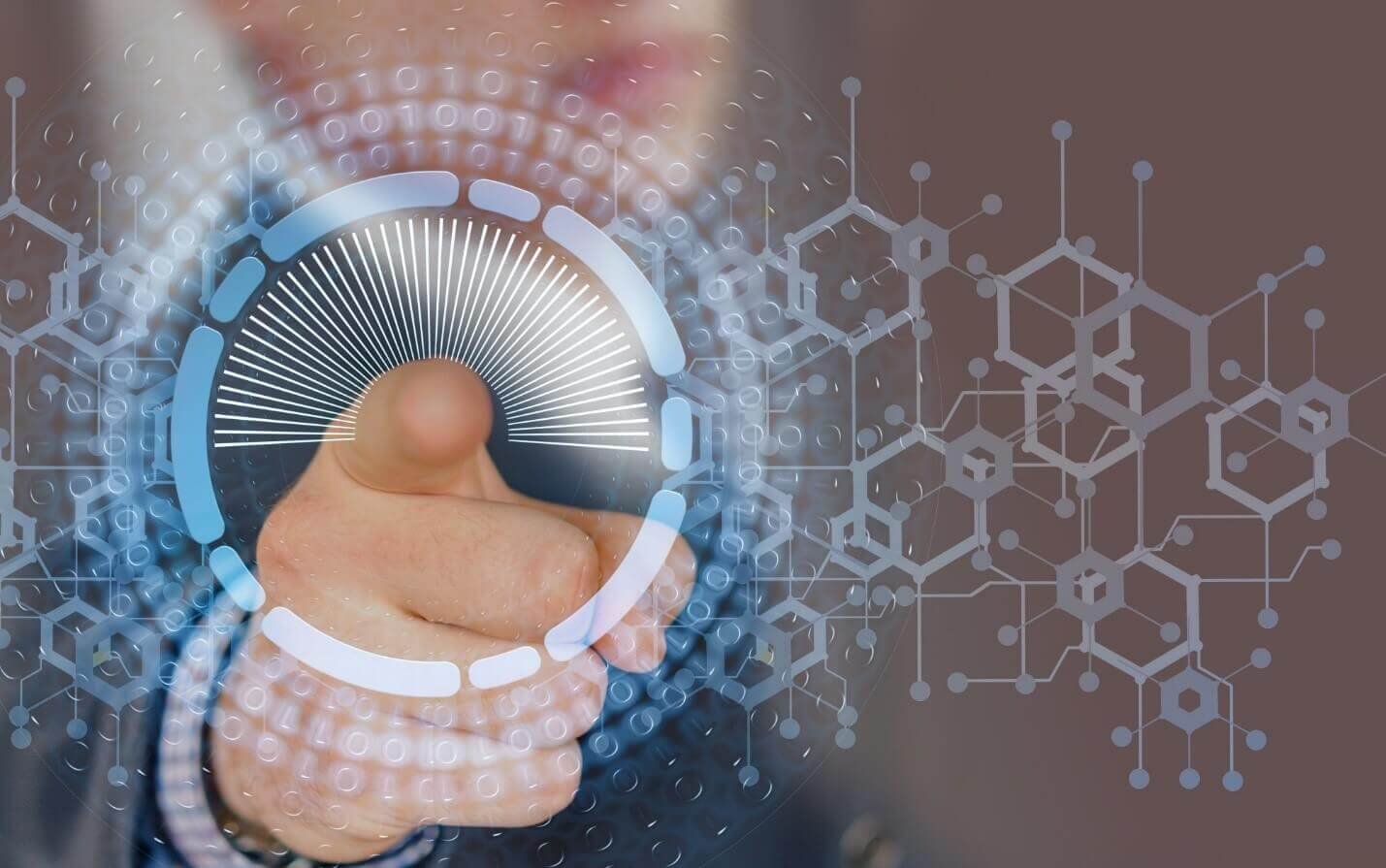5 technologies that will influence the security sector in 2019

One of the traditions of the beginning of the year is to write about the technologies that promise to impact the security sector in the coming months. Figuring out the future is never an easy task, as new technologies and resources will become increasingly important in the long run. What interests us particularly is to observe those that, in the short term, begin to add value.
For 2019 we observe that these technologies are extensions of the same ones that we identified the previous year and that they were established as opportunities for the next year -which is optimal- so that they are increasingly useful for the industry and, of course, for consumers. .
1. Artificial Intelligence
For the most skeptical, Artificial Intelligence (AI) appears as a promise that never materializes, but its progress differs from industry to industry and from application to application.
In the electronic security industry, deep learning is mainly used for video analytics, but the technology will be present in many other applications and products in the future.
One of the trends in highway infrastructure, for example, is the use of video analytics for Automatic Incident Detection (AID). Traditionally, this is done on the basis of fixed algorithms. What’s new for this year is that with deep-learning , that traffic analysis capability will reach a new level: the detection capability will be constantly updated, which increases the accuracy of that tool.
2. Cloud and Edge Computing
Few organizations in the public or private sphere are not yet using the cloud at some level. On the contrary, many of them have already transferred the entire infrastructure to a cloud-based model, that is, centralized in one or more data centers. However, even with ever-increasing capacity data centers, the exponential increase in data volume can become overwhelming. And this scenario is particularly critical in areas like video surveillance, where data demands are still significant.
It is in the center of this tsunami of data that the market tends to win with the benefits of Edge Computing or Edge Computing. In simple terms, as the name suggests, edge computing places more data processing at the ‘edge’ of the network, close to where the data is collected by the sensor and before transfer to the data center. For our industry, resource means processing data within the camera itself to significantly reduce data storage and transfer bandwidth demands. Additionally, data can be anonymized and encrypted before being transferred, addressing security and privacy issues.
3. Cybersecurity
Security against cyber attacks is relatively new. For many years physical security was analog. IT teams cared little about cameras. However, with the popularization of digital video surveillance, the situation has changed and requires new adaptations from market professionals, as will be observed more intensely this year.
Recently, the governments of some countries prohibited certain manufacturers from supplying equipment, citing risks of foreign interference and virtual invasion. A law signed by the president of the United States prohibits any official of the American government from using devices made by some Chinese companies, whether they are subsidiaries or affiliates. Australia, too, largely excluded Chinese companies out of national security concerns. Bloomberg announced that chips made in China were discovered that could be used to spy on American companies. This new reality will further require IT teams to be up-to-date on potential vulnerabilities in network-connected equipment.
4. Smart technologies to benefit the environment
Video analytics are already used as an operational planning tool by organizations seeking to improve energy efficiency in offices, with consistent positive benefits for the environment. One of the examples is the use, in offices, of cameras equipped with intelligence to identify the number of people in the environment and regulate the air conditioning based on that data.
Another critical aspect that can benefit from these corrective sensors and fundamentals is air quality. Whether inside buildings or in the external urban environment, negative health impacts and associated costs are becoming an increasing problem. Smart sensors will play a central role in solving the problem globally. These applications add value to organizations through efficiency and economy, in addition to helping them achieve their own environmental and sustainability goals.
5. Integration between sensors for intelligent responses
Individually, sensors can provide significant benefits. However, the main trend for 2019 will be the combination and integration of various sensors to stimulate ‘intelligent’ actions. For example, in a smart city, a camera can, already this year, identify that a vehicle has just parked in a prohibited place and automatically trigger a loudspeaker with a pre-recorded message alerting the driver of the violation. In the event that it remains in place, the control center may receive an alert with visual information from the vehicle and apply a penalty.






